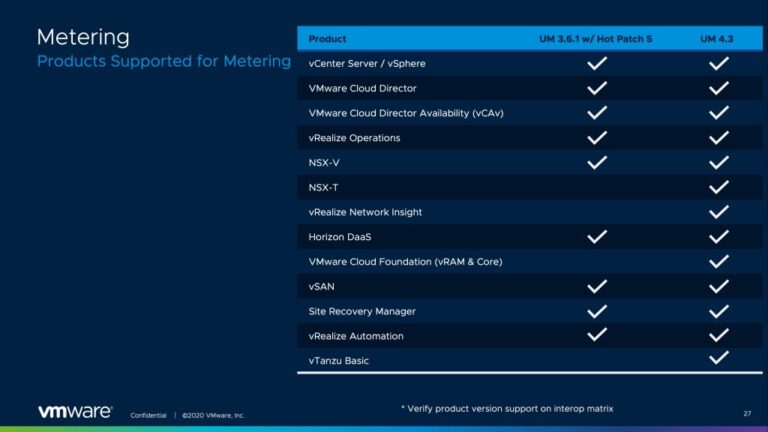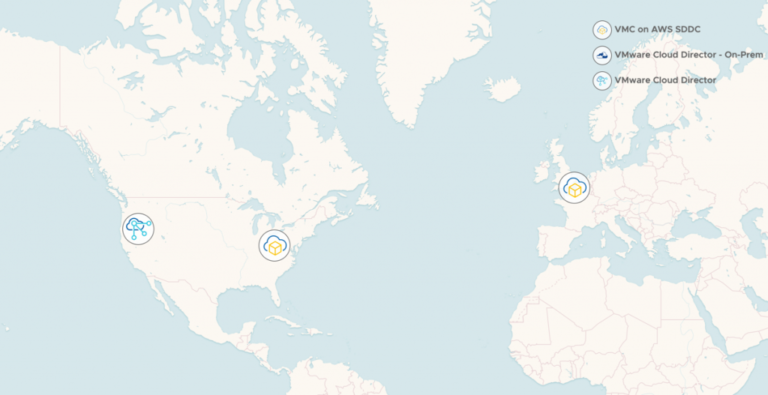
As a core building block for the software-defined data center (SDDC), VMware vSAN powers many industry-leading hyper-converged infrastructure solutions. Its ascent into the cloud offers cloud providers increased agility and flexibility while lowering costs.
If you’re a cloud service provider with an older cloud pod that you want to migrate to a SDDC or are looking to build a multi-tenant environment, adopting vSAN is pretty much a no-brainer. Now that vSAN is in the cloud, expanding cloud storage on SDDCs is easier than ever. Still, you’ll want to know some basics about vSAN before blasting off into the clouds.
In the lightboard tutorial video below from Greg Kaffenberger, Sr. Systems Engineer, Cloud Service Providers at VMware, the benefits of deploying vSAN in your cloud – be it private, multi-tenant or hybrid – are explained in full detail. Greg also discusses the basic architecture of vSAN in the cloud for cloud service providers and how virtual machines (VMs) interact with vSAN.
After demonstrating the power of vSAN in the cloud, Greg highlights five recommendations and best practices for cloud service providers:
-
- Using a minimum of four hosts so that one can be placed in maintenance mode while the remaining VMs continue providing availability and performance.
- Employing an all-flash configuration with at least 10G.
- Setting up Link Aggregation Control Protocol (LACP) for the best long-term results.
- Turning Network I/O Control on to ensure vSAN has the available bandwidth it needs.
- Starting small to take full advantage of vSAN’s flexibility, especially when migrating from a different, older cloud environment.
Once you have a better understanding of the architecture behind vSAN and start following these best practices, your cloud capabilities will skyrocket.
Be sure to subscribe to the VMware Cloud Provider Blog, follow @VMwareCloudPrvd on Twitter and ‘Like’ us on Facebook for future updates.






